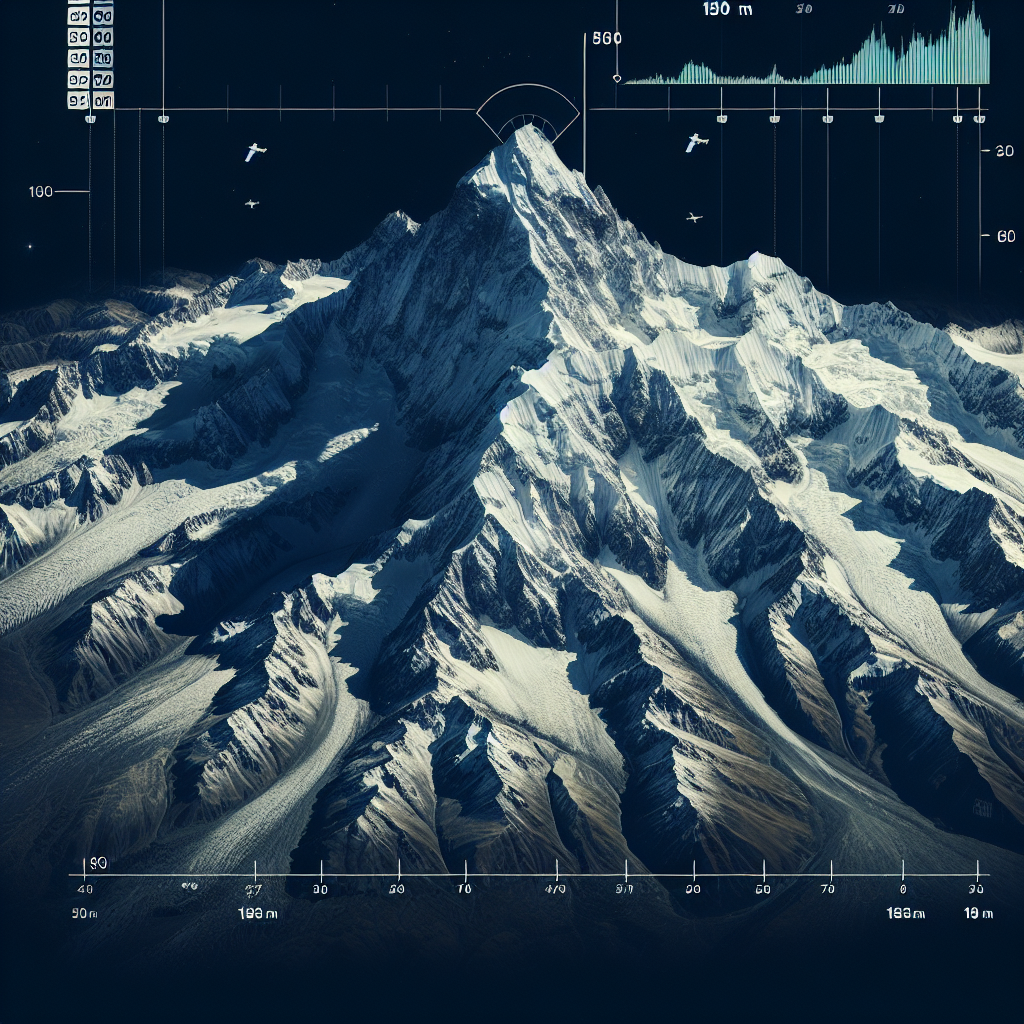Satellite Images Reveal 150-Metre Reduction in Mt Everest’s Snow Cover This Winter
Satellite Images Reveal Significant Reduction in Mt Everest’s Snow Cover
Overview
Recent satellite imagery has unveiled a concerning reduction in the snow cover of Mt Everest, with a notable 150-metre decrease observed this winter. This change has sparked discussions among scientists and environmentalists about the potential implications for the region and the broader global climate.
Key Findings
- Extent of Reduction: The snow cover on Mt Everest has diminished by 150 metres, marking a significant change in the mountain’s winter landscape.
- Data Source: The findings are based on high-resolution satellite images, providing a clear and comprehensive view of the changes.
- Potential Causes: Experts suggest that climate change and rising global temperatures are likely contributors to this reduction in snow cover.
Implications
The reduction in snow cover on Mt Everest could have several implications:
- Environmental Impact: Changes in snow cover can affect local ecosystems and water supply, impacting both flora and fauna.
- Climbing Conditions: The altered snow landscape may pose new challenges and risks for climbers attempting to summit the peak.
- Global Climate Indicator: As a prominent global landmark, changes in Mt Everest’s snow cover serve as a stark indicator of broader climate trends.
Conclusion
The 150-metre reduction in Mt Everest’s snow cover this winter highlights the ongoing impact of climate change on the world’s most iconic peaks. This development underscores the urgent need for global efforts to address climate change and mitigate its effects on natural landscapes and ecosystems.



































